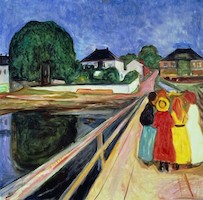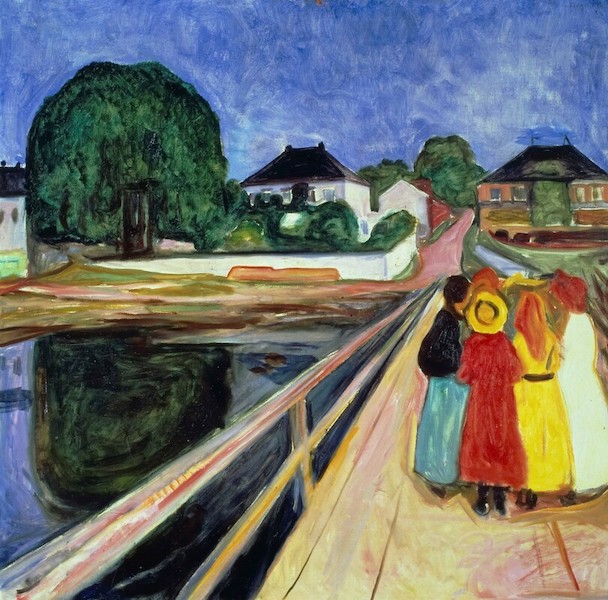
WILLIAMSTOWN, Mass. — The Clark Art Institute presents the first exhibition in the United States to consider how the noted Norwegian artist Edvard Munch (1863–1944) employed nature to convey meaning in his art. Munch is regarded primarily as a figure painter, and his most celebrated images, including his iconic The Scream, are connected to themes of love, anxiety, longing and death, yet landscape plays an essential role in a large portion of Munch’s work. Edvard Munch: Trembling Earth considers this important but less-explored aspect of the artist’s career. The Clark is the sole U.S. venue for the exhibition, which is on view through October 15. Organized in collaboration with the Museum Barberini in Potsdam, Germany and the Munch Museum (MUNCH) in Oslo, Norway, the exhibition is presented in Potsdam from November 18–April 1, 2024, and in Oslo from April 27–August 24, 2024.
The exhibition is organized thematically to show how Munch used nature to convey human emotions and relationships, celebrate farming practice and garden cultivation, and explore the mysteries of the forest even as his Norwegian homeland faced industrialization.
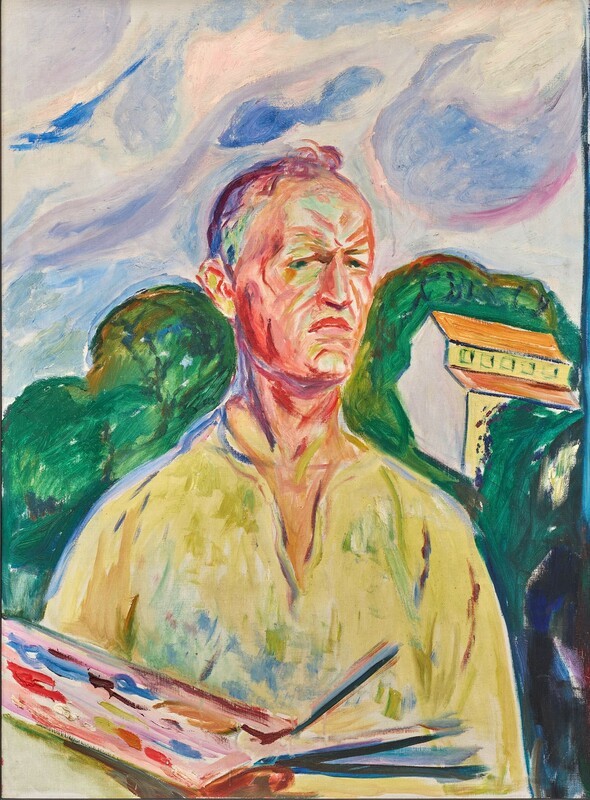
Trembling Earth features 75 objects, ranging from brilliantly hued landscapes and three stunning self-portraits to an extensive selection of his innovative prints and drawings, including a lithograph of The Scream. The exhibition includes more than 30 works from MUNCH’s world-renowned collection, major pieces from other museums in the USA and Europe, and nearly 40 paintings, prints and drawings from private collections, many of which are rarely exhibited.
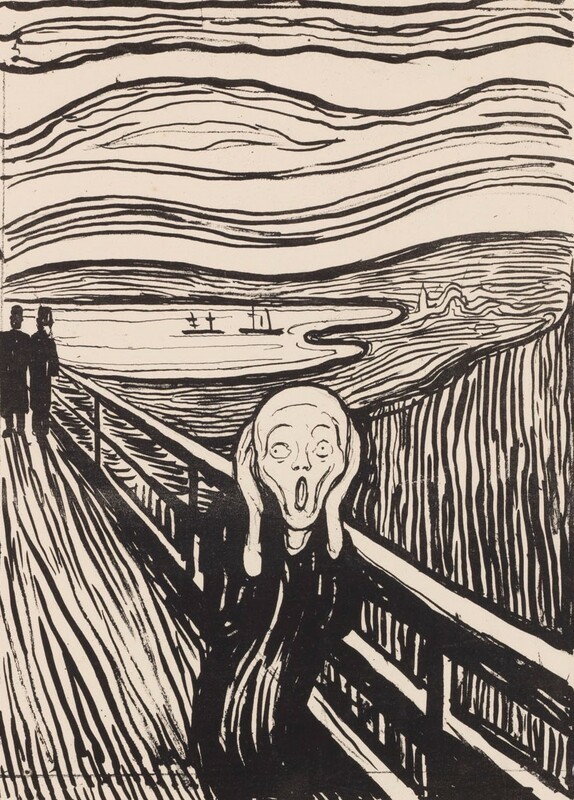
This exhibition introduces Munch’s lesser-known landscape paintings and considers his iconic figural images from a new perspective by focusing on how his rendering of nature animated his chosen narratives. In paintings of the Oslo Fjord shoreline and the Baltic coast of Germany, Munch explored changes brought about by increased tourism, partially the result of health reform initiatives extolling the virtues of outdoor activity.
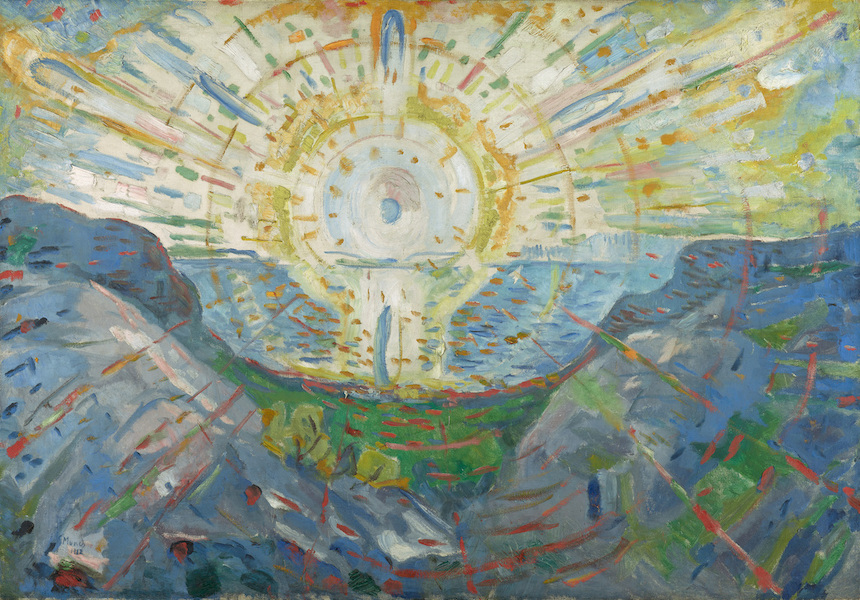
Munch developed his own pantheistic worldview that connected human biology, plant life and the solar system. Munch’s fascination with humankind’s interaction with the earth and the impact of one on the other can be seen in a selection of landscape-rich prints, drawings and paintings created between the 1890s and the 1940s.
Visit the website of the Clark Art Institute and see its dedicated page for Edvard Munch: Trembling Earth.


